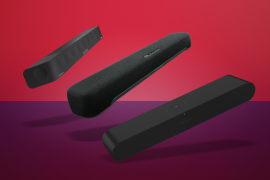Bose Smart Ultra Soundbar review: superbly built but needs more height
What makes the Bose Smart Ultra Soundbar more ‘ultra’ than the Smart Soundbar 900 it replaces?
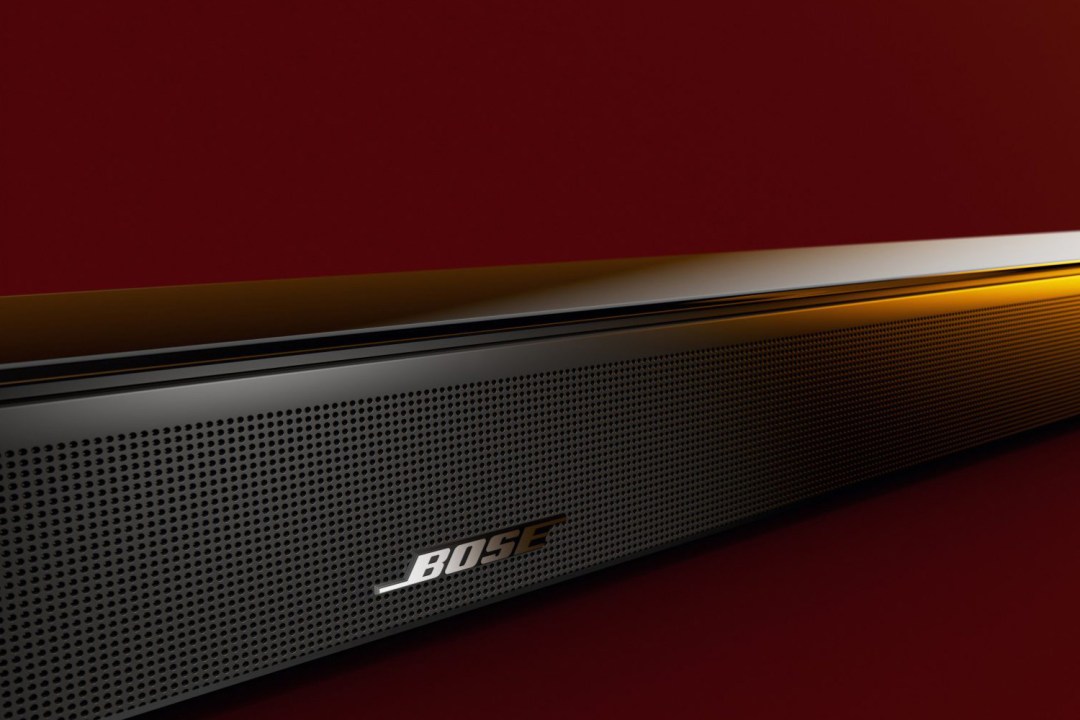
Stuff Verdict
It’s compact and well made, it’s got a stack of control options and it spreads sound much wider than you might be expecting – but the Bose Smart Ultra Soundbar isn’t quite the whole deal.
Pros
- Broad, balanced and detailed sound
- Really well built and finished
- Plenty of good control options
Cons
- Needs more bass weight
- Doesn’t get sound up as high as is ideal
- ‘TrueSpace’ is intrusive at times
Introduction
This isn’t the first product to get some of the company’s ‘Ultra’ attention lately – but it’s definitely the biggest. Context is everything, though – so what makes this soundbar more ‘ultra’ than the Smart Soundbar 900 it replaces? And how ‘ultra’ does it have to be before it’s ‘ultra’ enough to take on the class leaders?
Design and build: the same, but different
You don’t have to have paid a lot of attention to the Bose line-up of soundbars to know this Smart Ultra Soundbar looks an awful lot like the Smart Soundbar 900 it replaces at the top of the Bose pecking order.
That’s not automatically a bad thing, of course. At 58 x 1045 x 107mm (HxWxD) the Smart Ultra is one of the more discreet ‘flagship’ soundbars around, and at 5.8kg it’s easy enough to attach to the wall (as long as you’ve paid extra for the wall bracket, of course). The combination of materials – high-quality plastic, perforated metal and tempered glass – looks and feels good, and the Smart Ultra seems properly made and built to last. The way the perforated metal grille wraps smoothly from one side of the soundbar to the other is particularly satisfying.
Glass still seems a bit of an odd choice for the top of the soundbar, though. It looks expensive, sure, which is probably the point – but it reflects the light from the screen above it, and it picks up fingerprints as quickly as Beyoncé picks up Grammy awards.
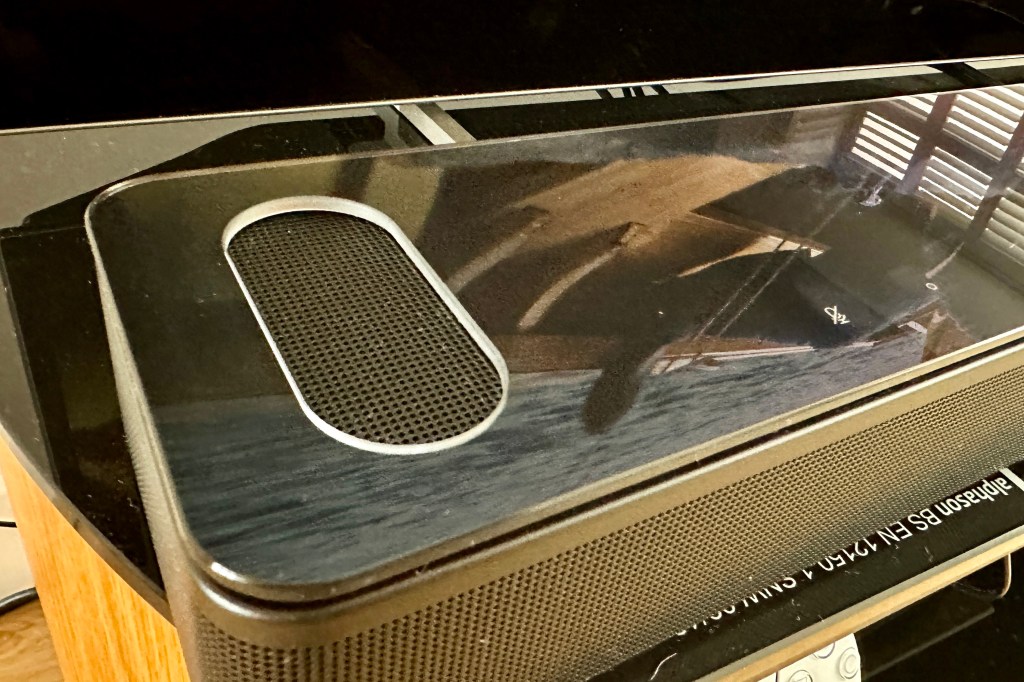
Features: things we know we don’t know
The Smart Ultra Soundbar is fitted with nine speaker drivers to do the audio business with spatial audio soundtracks – the Bose can natively handle Dolby Atmos, Dolby Digital, Dolby TrueHD and Dolby Digital Plus content. Its ‘TrueSpace’ technology, meanwhile, is designed to up-mix non-Atmos content to the point it occupies all nine drivers too. ‘TrueSpace’ constantly analyses the content you’re listening to and decides how much ‘spatial audio’ processing should be brought to bear. There’s also a user-definable ‘AI Dialogue Mode’ that balances ‘midrange’ against ‘everything else’ in the interests of enhanced intelligibility.
There are six 100 x 50mm full-range ‘racetrack’ drivers in the line-up. Two fire upwards at an angle – they’re just about visible behind the metal grilles on the top of the soundbar that sit in little cut-outs of the glass surface. The other four sit close to the centre of the front face of the soundbar – there are two on either side of a central 25mm neodymium tweeter. Two more tweeters are positioned at the very ends of the front of the soundbar, and each sits behind a ‘phaseguide’ that’s designed to spread the sound wider than the physical dimensions of the cabinet.
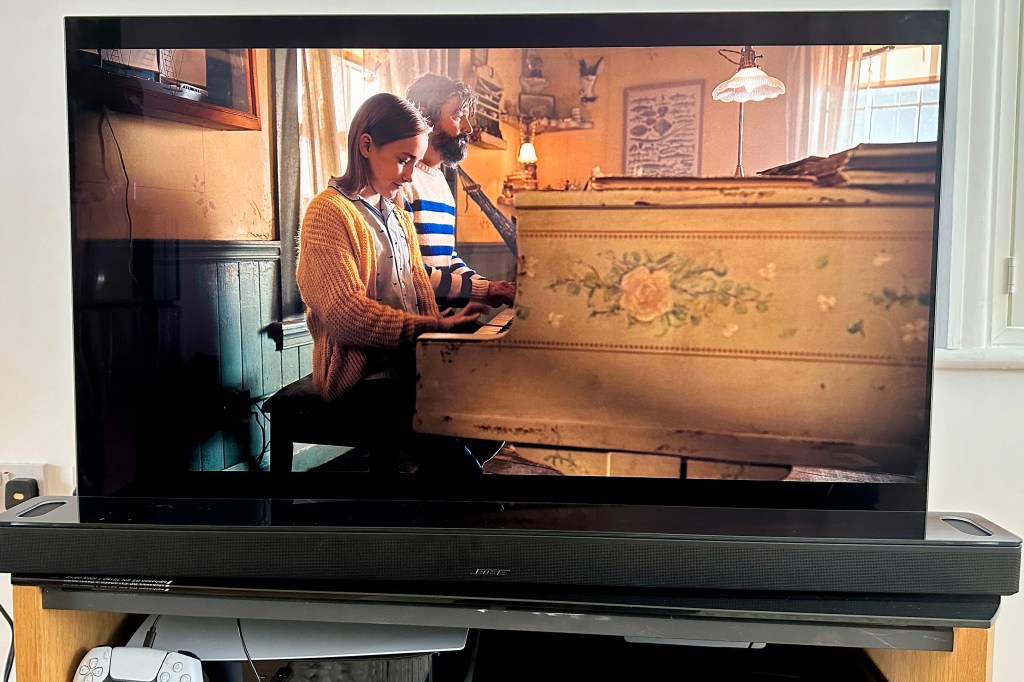
It’s a fairly safe bet to speculate that the Bose has nine blocks of Class D amplification on board. I don’t know for sure, though, any more than I know how much amplification power is available or what the frequency response of the soundbar is – for reasons best known to itself, Bose isn’t saying.

Connectivity and controls
There are a couple of cutaways on the rear of the cabinet – this is where the Smart Ultra keeps its physical connections. In the first you get an HDMI eARC socket, Ethernet input, digital optical connection and a USB-C slot for servicing; in the second there’s mains power and four 3.5mm analogue inputs – these are for data, for an IR blaster, for connection of a bass module and for hooking up the ‘Adaptiq’ calibration mic. Wireless stuff is handled by wi-fi and Bluetooth 5.0 (with SBC and AAC codec compatibility). Apple AirPlay 2 is available, and Chromecast is built in (both of which mean multi-room compatibility is guaranteed), and Spotify can be embedded into the Bose Music control app.
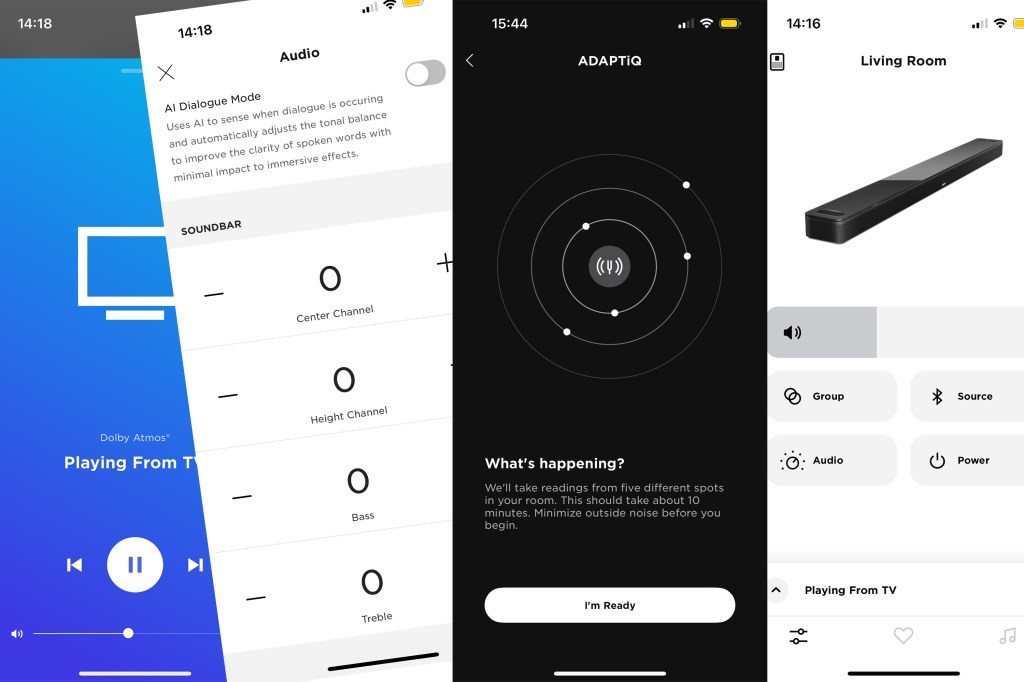
You have a few control options here, but the Bose Music app (free for iOS and Android) is the most comprehensive. It’s built in the image of its maker, inasmuch as there’s nothing showy or otherwise dramatic about it – but it’s clean, stable and logical, and it works really well.
Amazon Alexa is really well implemented here – the soundbar’s integrated mics are alert and responsive, and very tricky to confuse. If you prefer Google Assistant, it’s available too – provided you’ve an appropriate speaker on a common network.
The mics can be defeated using one of the two capacitive touch-controls on the glass surface of the Bose. The other control is a multifunction ‘action’ button. Using either means leaving fingerprints on the surface of your soundbar, of course…
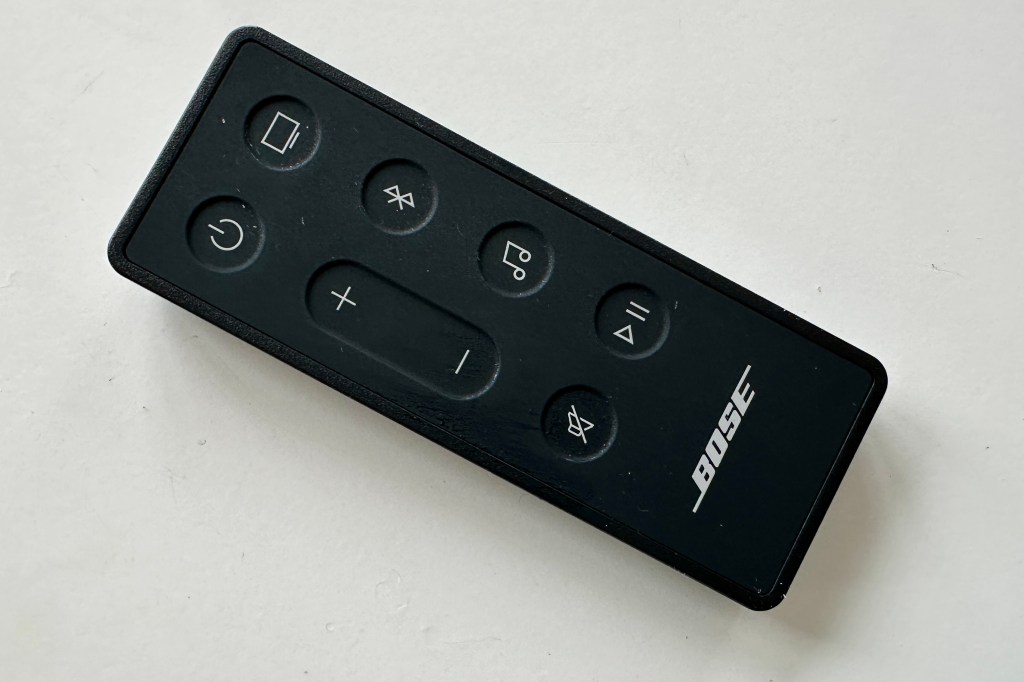
You may prefer the rather more old-school charms of the remote control handset that’s bundled with the Smart Ultra. It’s small, and it only really covers off the most major controls – but it feels nice to use, especially the distance the rubbery buttons have to travel to be operated.
Sound adjustment: plenty to think about
This soundbar handles the basics of playback and volume control, of course, and has some EQ and channel-level adjustment for bass, treble, centre and height response. It allows you to set up a multi-room or multi-channel system – the Smart Ultra is compatible with the Bose range of wireless surround speakers and the subwoofers Bose would rather were referred to as ‘bass modules’.
It lets you set up Amazon Alexa voice control, it lets you enable Chromecast, it lets you assign up to six presets with your favourite playlists or whatever. And it’s where you can switch ‘AI Dialogue Mode’ on or off, enable the ‘Voice4Video’ feature that gives voice control of compatible TVs and cable boxes as well as the soundbar itself, and run the ‘Adaptiq’ room calibration routine.
‘Adaptiq’ is a rather more interactive process than I’m usually comfortable with. In order to calibrate the Smart Ultra to the specific environment it finds itself in, first of all it’s necessary to plug the calibration mic into the rear of the soundbar. Then, at the other end of the cable, there’s a plastic headband with an integrated mic – which you have to wear in order for the system to do its thing. Naturally I wait until there’s no one around to see me wearing my little headband – and then I sit in my favourite viewing seat and let the system do its thing. And then let it do it four more times while I occupy a slightly different position. Then the soundbar is optimised, and I never have to wear a calibration mic ever again. Hopefully.
Performance: never mind the quality, feel the width
Obviously, getting the best out of a Dolby Atmos soundbar means putting the best into it – and the Dolby Atmos soundtrack on a 4K UHD Blu-ray disc of Birds of Prey (and the Fantabulous Emancipation of One Harley Quinn) allows the Bose every opportunity to let you hear its talents. And, to a much lesser extent, its shortcomings too.
On the ‘plus’ side, the Smart Ultra is an extraordinarily faithful, detailed listen. From the top of the frequency range to the bottom, no occurrence is too minor or too fleeting to escape its attention – and the amount of detail it retains and reveals makes it easy to believe you’re getting the complete sonic picture. It’s particularly adept in the midrange, especially when dialogue is focused through the centre channel – there’s no lack of nuance or subtlety, no sensation that perhaps there are details you’re not being made aware of. The Bose communicates with absolute positivity, and it does so with real confidence.
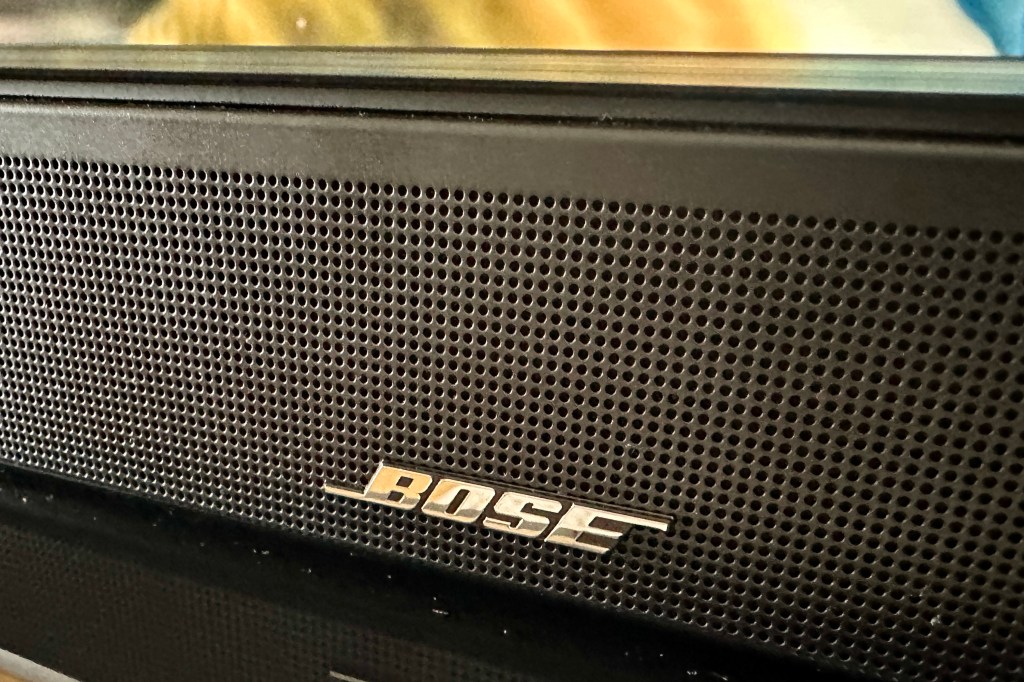
Tonality is, broadly speaking, pretty even and convincing. There’s absolutely as much bite and edge to treble sounds as is acceptable, but they have a fair amount of substance to balance them out, while the bottom of the frequency range has speed and control on its side even if it doesn’t punch as hard or as deeply as some rivals. The entire frequency range hangs together well, and even playing fast and loose with the EQ settings can’t disrupt its even-handed presentation.
Dolby Atmos: needs more height
The soundstage the Smart Ultra generates is wide and deep, and the soundbar can place effects much further to the left and right than the size of the cabinet might suggest is possible. What it’s not quite so adept at, though, is the height stuff – in the simplest terms, there’s just not much vertical reach to the way the Bose delivers an Atmos soundtrack. If it’s ‘overhead’ effects you were hoping for, you’ll need to manage your expectations.
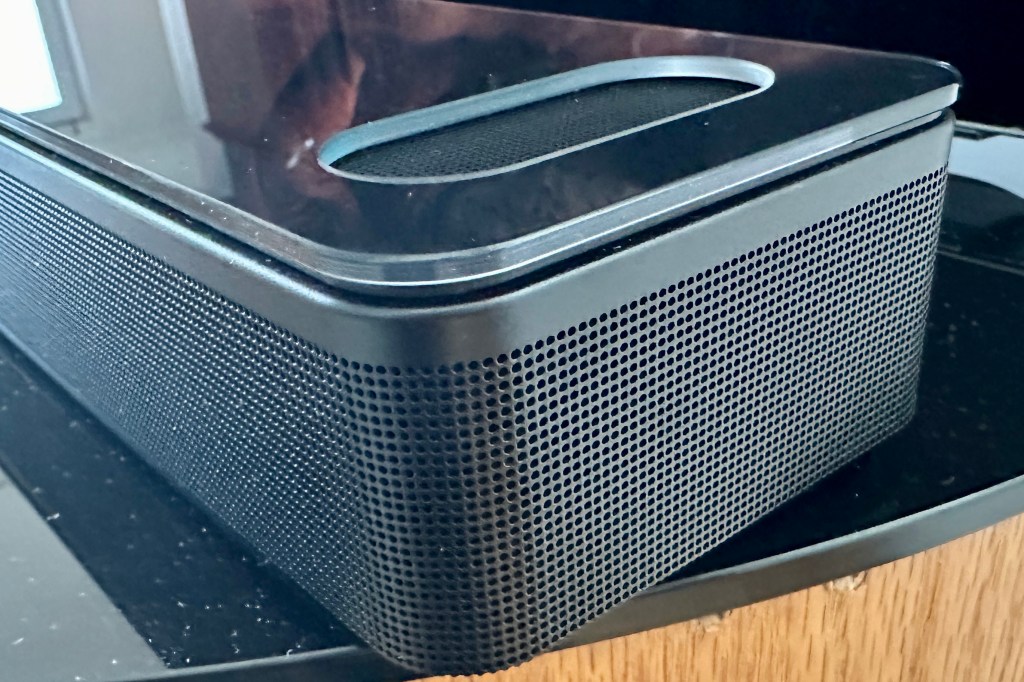
Up to a point, the ‘TrueSpace’ technology does good work in forcing a sound of similar scale and presence from non-Atmos material. A live broadcast of the England v Italy Euro 2024 qualifier on Channel 4 gains a whole lot of scale and drive compared to the TV’s unassisted sound, and the same sort of insight and midrange fidelity is to the fore. There are limits, though – and there’s a rather hazy and vague sensation to the soundstage the Bose creates, and a lack of positivity when it comes to positioning effects on it.
It’s a similar story when listening to music via Bluetooth. A file of Shygirl’s Heaven is served up with plenty of fine detail attached, and with its rhythm described naturally – but the stage layout is still uncertain, and the treble reproduction seems more keen than ever to get all up in your face. As a music speaker, the Smart Ultra needs some refinement.
Bose Smart Ultra Soundbar verdict
It’s compact and well made, it’s got a stack of control options and it spreads sound much wider than you might be expecting – but the Bose Smart Ultra Soundbar isn’t quite the whole deal. It needs more elevation to its Dolby Atmos sound, for starters, and it needs its ‘TrueSpace’ feature to take a back seat every now and then…
Stuff Says…
Smart? Sure. Ultra? Up to a point…
Pros
Broad, balanced and detailed sound
Really well built and finished
Plenty of good control options
Cons
Needs more bass weight
Doesn’t get sound up as high as is ideal
‘TrueSpace’ is intrusive at times
Bose Smart Ultra Soundbar tech specs
| Connectivity | HDMI |
| Mics | Built-in microphone array for voice detection |
| Audio formats | Dolby Atmos, Dolby Digital, Dolby TrueHD, Dolby Digital Plus |
| Wireless tech | Bluetooth 5.0, AirPlay 2, Spotify Connect, Chromecast |
| Dimensions | 5.8 cm x 104.5 cm x 10.7 cm |
| Weight | 5.8 kg |



